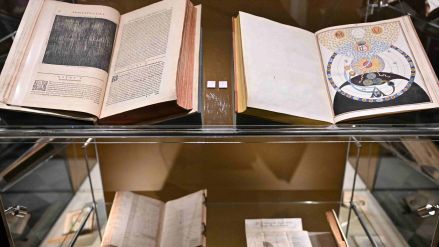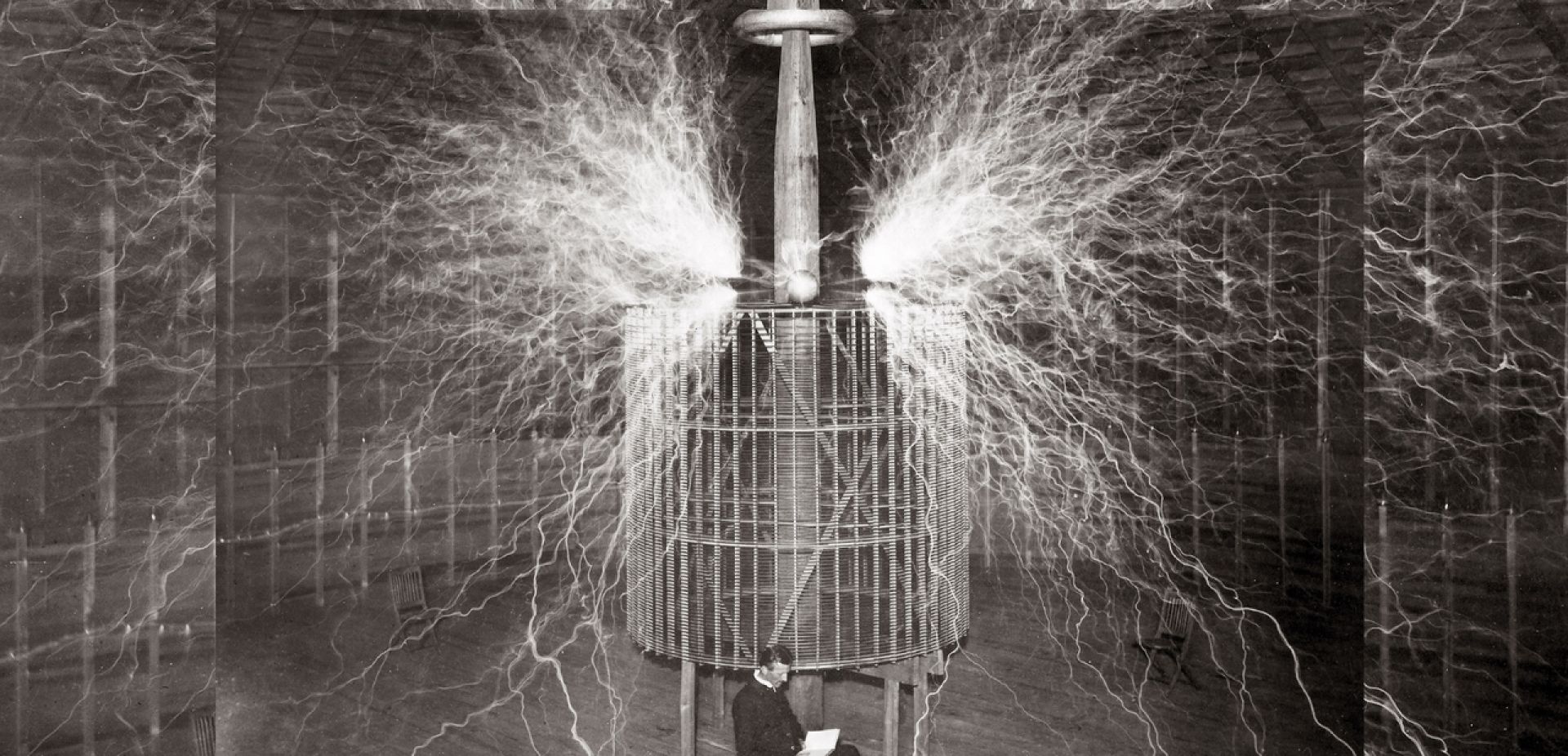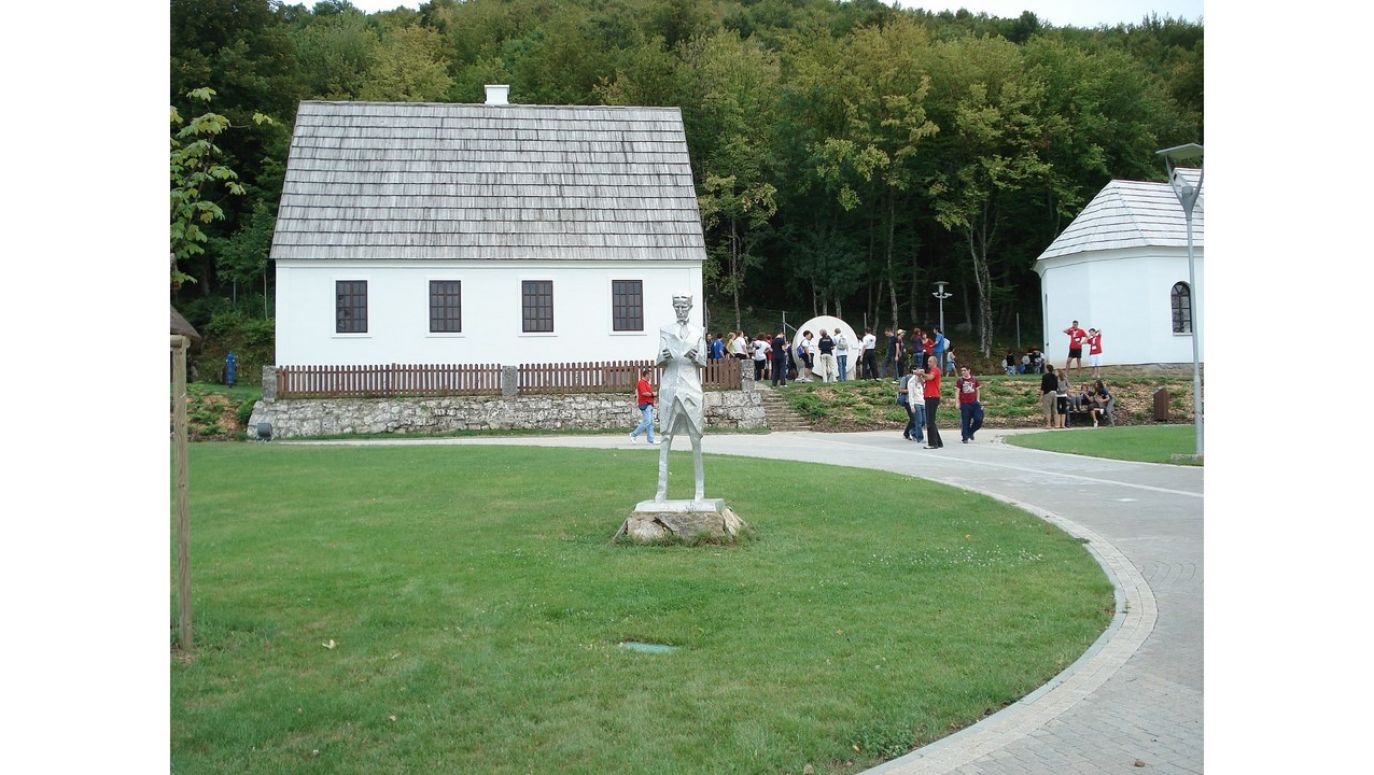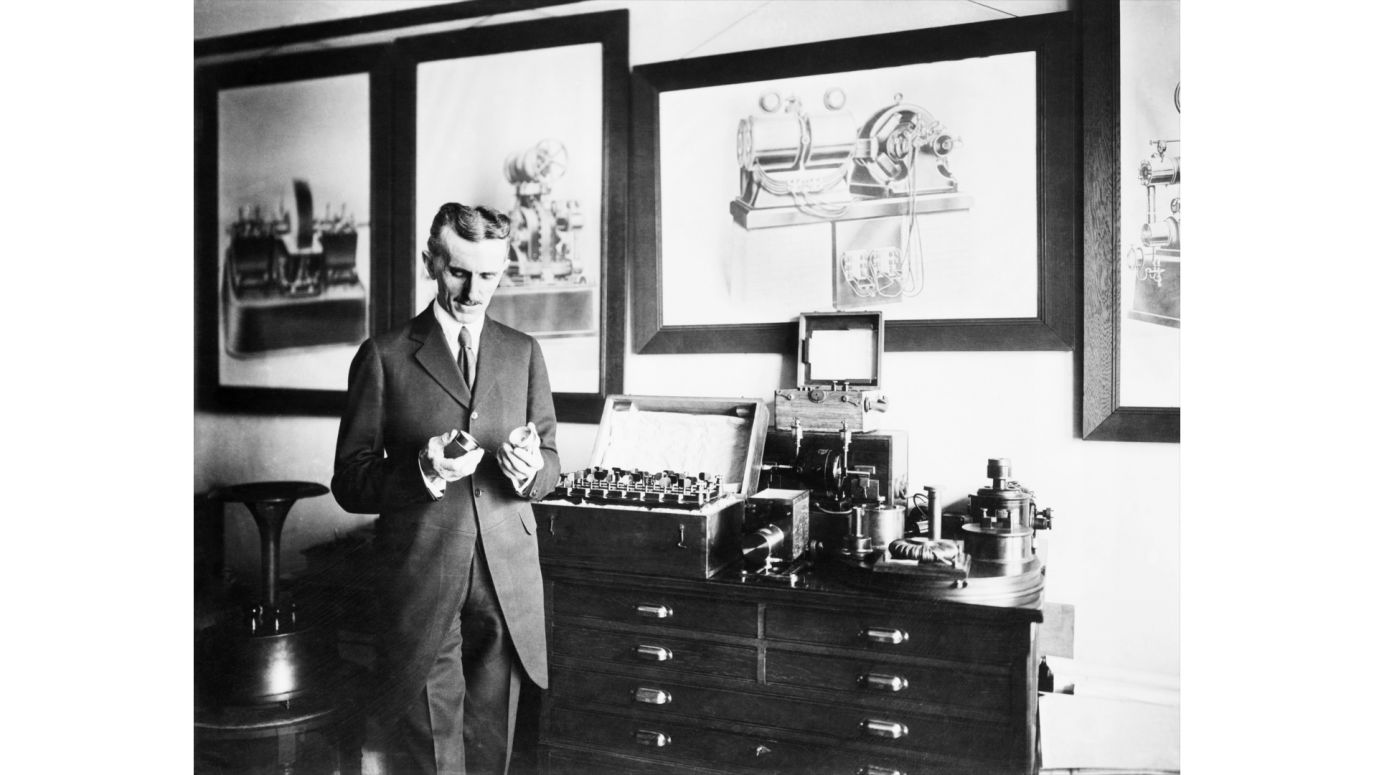
The modern disenchantment of the world by scholars “with magnifying glass and eye” is not effective
see more
His unquestionable achievement was the electrification of American cities at the end of the 19th century. He made a huge contribution to the creation of the right technology, and above all, the idea to use alternating current (AC), without which this process wouldn’t have succeeded and on which today’s technology is based. It was Tesla who also developed the turbines of the largest hydroelectric power plant at Niagara Falls, patented the first alternator and prototyped wireless communication.
 SIGN UP TO OUR PAGE
SIGN UP TO OUR PAGE 
No one remains indifferent to his vision, although the world of technology enthusiasts is divided into two camps. The first are the followers of Nikola Tesla as the greatest genius in the history of mankind. According to them, he was a visionary who, like Prometheus, wanted to provide people with free electricity and groundbreaking inventions, and was wronged by American business. He could have been a billionaire, but he left no fortune. The other camp considers him an able designer who, yes, obtained several significant patents, but essentially drew on the achievements of 19th-century science. And as a paranoid weirdo, he couldn’t find his bearings in the predatory economic reality of America, at his own choosing. Both opinions about this visionary may be true, but in recent years so many myths have been created about him that it is worth dispelling at least a few of them.
Serb, Croat or Yugoslav American?
This surname greatly divides the Balkan peoples. It is a bone of contention between the Croats and the Serbs, but the Slovenes and Montenegrins also threw in their three paras (these are the old Yugoslav pennies, the dinar was divided into 100 paras). These two relatively small nations also compete for Tesla’s heritage – the first claiming that all outstanding people from this part of Europe come from Slovenia, and the second, that the Tesla family comes from Nikšić, Montenegro.
When Yugoslavia was falling apart, during the war in 1995, a special unit of the Croatian army was tasked with razing to the ground the house where Nikola was born in 1856 and lived as a child. This brutal act of historical policy was supposed to erase... Serbian traces from Croatian soil. After a few years, however, the Croats repaired their vandalism and arranged a modern museum there, additionally announcing July 10 as Tesla Day. In response, the Serbs named the Belgrade airport after the inventor. So the Slavs fight, and the Americans benefit, because Tesla was a citizen of the United States starting in 1891 and all of his patents later undergirded its economic development and power.


 SIGN UP TO OUR PAGE
SIGN UP TO OUR PAGE 






